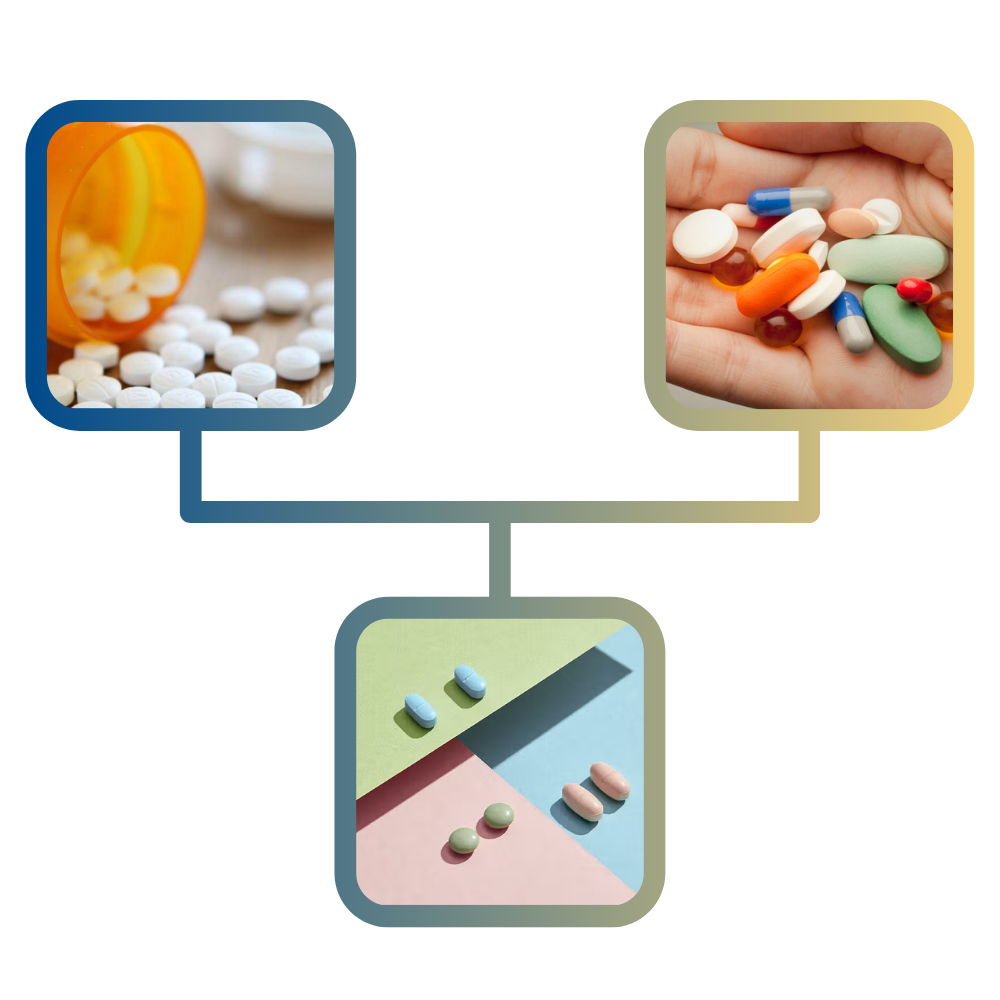- 216-417-3700
- Office Hours: Mon-Thu 7am-5pm


These include Lyrica (pregabalin) and Neurontin (gabapentin). These anti-convulsive medications are commonly prescribed for patients with neuropathic pain. They increase the threshold for nerve firing and are thought to put a damper on overactive or hypersensitive nerves. They can be quite effective at treating pain, but oftentimes have side-effects of sedation, dizziness, drowsiness, or loss of mental acuity.
There are two classes of antidepressants that are commonly prescribed: selective serotonin reuptake inhibitors (SSRI’s) and serotonin-norepinephrine reuptake inhibitors (SNRI’s). These help to raise the levels of norepinephrine and serotonin in the brain. These medications include Effexor, Venlafaxine, Cymbalta, and Duloxetine. The SNRI’s seem to have fewer side-effects than the SSRI’s.

These are often prescribed for the anxiety that frequently accompanies chronic pain. Anxiolytics include Xanax (alprazolam) and Valium (diazepam.) They can be addictive.

Muscle relaxants are also prescribed in chronic pain management for people who experience muscle spasm as a component of their pain. These include Skelaxin, Robaxin, Flexeril, Soma, and Valium. Baclofen and Zanaflex are also used for continued muscle spasm.
Opiates are pain relieving medications. There are two types: short-acting and long-acting.Short-acting medications, as their name implies, last for a relatively short time period, about two to four hours, and have a short onset of action. The long-acting opiates include Morphine sulfate extended release, Oxycontin, methadone, Opana, Exalgo, and Duragesic. These medications have a much longer duration of action, typically from eight to twenty-four hours, and have a longer onset of action. It is common to utilize both short-acting and long-acting opiates in patients with severe and intractable pain. Long-acting pain medications serve as the base for relief of pain. They are typically taken on a regular schedule, regardless of the patient’s pain level. Short-acting pain medications are then utilized for breakthrough pain. Breakthrough pain medication is utilized on an as needed basis for pain that occurs despite the long-acting pain medication.
Cleveland Pain Specialists
Providing compassionate, expert care for chronic and acute pain management. Your comfort is our priority.
© Copyright Cleveland Pain Specialists & Steven Kozmary, M.D. Privacy Policy | Terms & Conditions.
cleveland pain medicine
Chronic pain is a complex condition that persists for months or even years, often resulting from an initial injury or underlying health issue. It can significantly affect a person's quality of life, leading to challenges in daily activities, emotional well-being, and overall health.
This type of pain is not just a symptom; it is a disease in itself. Conditions like arthritis, fibromyalgia, and neuropathy are common contributors to chronic pain. Understanding the nature of chronic pain is essential for effective management and treatment strategies.
Pain medication therapy is designed to alleviate discomfort and improve the quality of life for individuals suffering from chronic pain. The right medication can help patients regain mobility, reduce reliance on other treatments, and enhance overall mental health.
Effective pain management often requires a tailored approach that considers individual patient needs, medical history, and the specific type of pain. Many patients experience significant improvements in their daily functioning and emotional state when their pain is adequately managed through medication therapy.
While pain medications can be highly effective, they come with potential side effects that patients should be aware of. Common side effects may include gastrointestinal issues, sedation, dizziness, and cognitive impairments, which can impact daily life.
It's crucial for patients to communicate openly with their healthcare providers about any side effects they experience. This dialogue can lead to adjustments in medication types or dosages, ensuring that pain management remains effective while minimizing adverse effects.
In addition to medication, integrative approaches can enhance pain management strategies. Techniques such as physical therapy, acupuncture, and mindfulness can complement pharmaceutical treatments, offering a holistic approach to chronic pain relief.
These methods address not only the physical aspects of pain but also the emotional and psychological components. Patients often find that combining medication with lifestyle changes and alternative therapies leads to more sustainable and effective pain management outcomes.